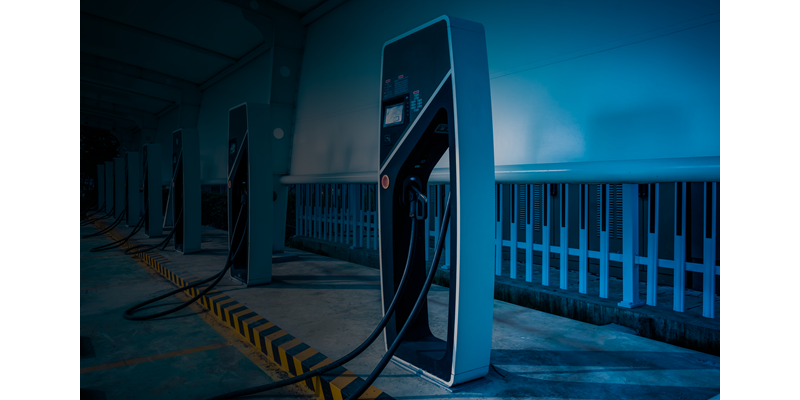2 minute read
Max Reid
Principal Analyst, Electric Vehicles & Battery Supply Chain Service

Max Reid
Principal Analyst, Electric Vehicles & Battery Supply Chain Service
Max tracks supply chain developments, technological innovations and progressions in battery demand sectors.
Latest articles by Max
-
The Edge
Why higher tariffs on Chinese EVs are a double-edged sword
-
Featured
EV and battery supply chain 2024 outlook
-
The Edge
Can battery innovation accelerate the energy transition?
EV sales have been in the fast lane in recent years. Many expected the market to keep up its pace and grow from strength to strength in 2023. However, faltering sales and raw material supply expansions produced a year characterised by tumbling spot prices.
Cell producers entered 2024 to a market almost unrecognisable from that of a year ago. But while spot prices for key battery materials plunged, regulation updates could reignite EV demand.
With EVs front and centre of global geopolitics, we expect 2024 to be a defining year for transport electrification. In this report from our Electric Vehicle & Battery Supply Chain Service, we pick out the five things we’ll watching closely in the year ahead. Fill in the form to access the full report, and read on for a short introduction.
EV policies in the spotlight for the US elections
Policies around EVs will be a major campaign point for the leading candidates as the 2024 US presidential election race reaches its final stretch.
While Democrats will tout the benefits of new job growth in the ‘battery belt’ and reduced pollution, we expect Republican candidates to continue to counter with claims of reduced purchasing freedom for US individuals and indirect benefits for rival Chinese entities.
Read the full report for a closer look at the policy divide and potential impacts.
EV brands jostle for position in key markets
China has moved headfirst towards EVs as part of its aim to become a high-end goods manufacturing powerhouse. The market dominance of foreign automakers like VW and Toyota have rapidly eroded in China as a result.
Meanwhile, we see 2024 as an important year to gauge the growth potential of the European EV market as the European Commission completes its anti-subsidy probe on China-origin EVs. Countervailing duties on Chinese imports are undoubtedly in the cards.
What does all of this mean for Chinese and European EV brands in key markets? And could South Korean cell producers emerge as an unexpected winner? Read more on this in the full report.
Cellmakers to expand chemistry options
There appears to have been a surplus of over 200 GWh of lithium-ion batteries in China alone last year. Automakers are likely sitting on secured cell supply for EV sales that failed to materialise.
Storing batteries is an expensive business, so automakers may have a more cautious appetite for purchasing cells in 2024. Along with reducing battery raw materials prices, 2024 should see highly competitive battery prices, leading some to diversify their cell chemistries.
China is poised to spearhead the development of more affordable cells, exploring sodium-ion as the next low-cost tech. Large-scale commercialisation of sodium-ion cells is already underway, with BYD initiating construction at its inaugural 30 GWh factory earlier this month.
For more on this, plus a look at why 2024 will be a decisive year for low-cost batteries, read the full report.







